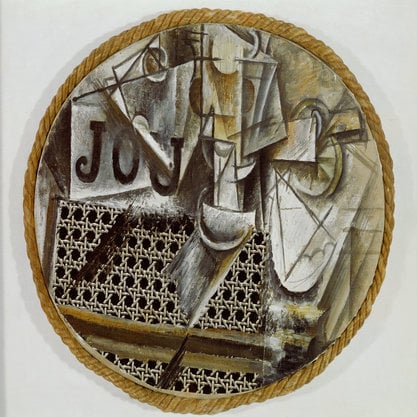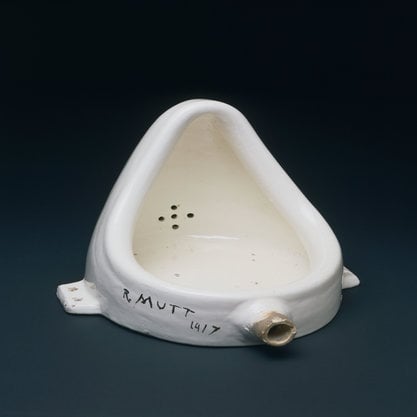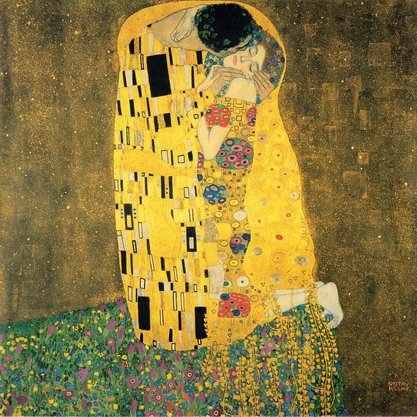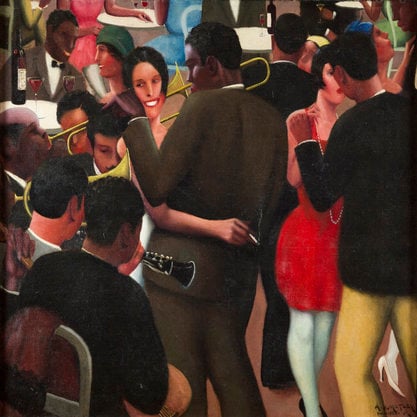Article
Simultaneism (simultanéisme) By Alvizu, Josh
Article
Neither a movement, nor a group of loosely connected artists, Simultaneism instead describes a tendency in modernist avant-garde art and literature from roughly 1912 through to the 1920s, primarily but not exclusively in Paris. It is also known as ‘‘simultanism’’ [simultanisme] or ‘‘simultaneity’’ [simultanéité]. Artists such as Robert Delaunay, Sonia Delaunay-Terk, Marc Chagall, and others from the Orphist group, along with writers including Henri-Martin Barzun, Blaise Cendrars, and Gustave Apollinaire were among those who explored and commented on techniques of simultaneity in their work. Simultaneist technique experimented with the concurrent presentation of elements from different places, multiple points-of-view, radically disconnected segments of time, and separate media. Like Futurism and to some extent Cubism, Simultaneism took up elements from and responded to major developments in modernity: technological innovation, large-scale urbanization, mass telecommunication, and scientific discoveries. Perhaps the most famous and recognizably simultaneist work to exhibit these tendencies is the fold-out book published by Delaunay-Terk and Cendrars in 1913, Prose of the Trans-siberian and of Little Joan of France [La Prose du Transsib é rien et de la petite Jehanne de France].









